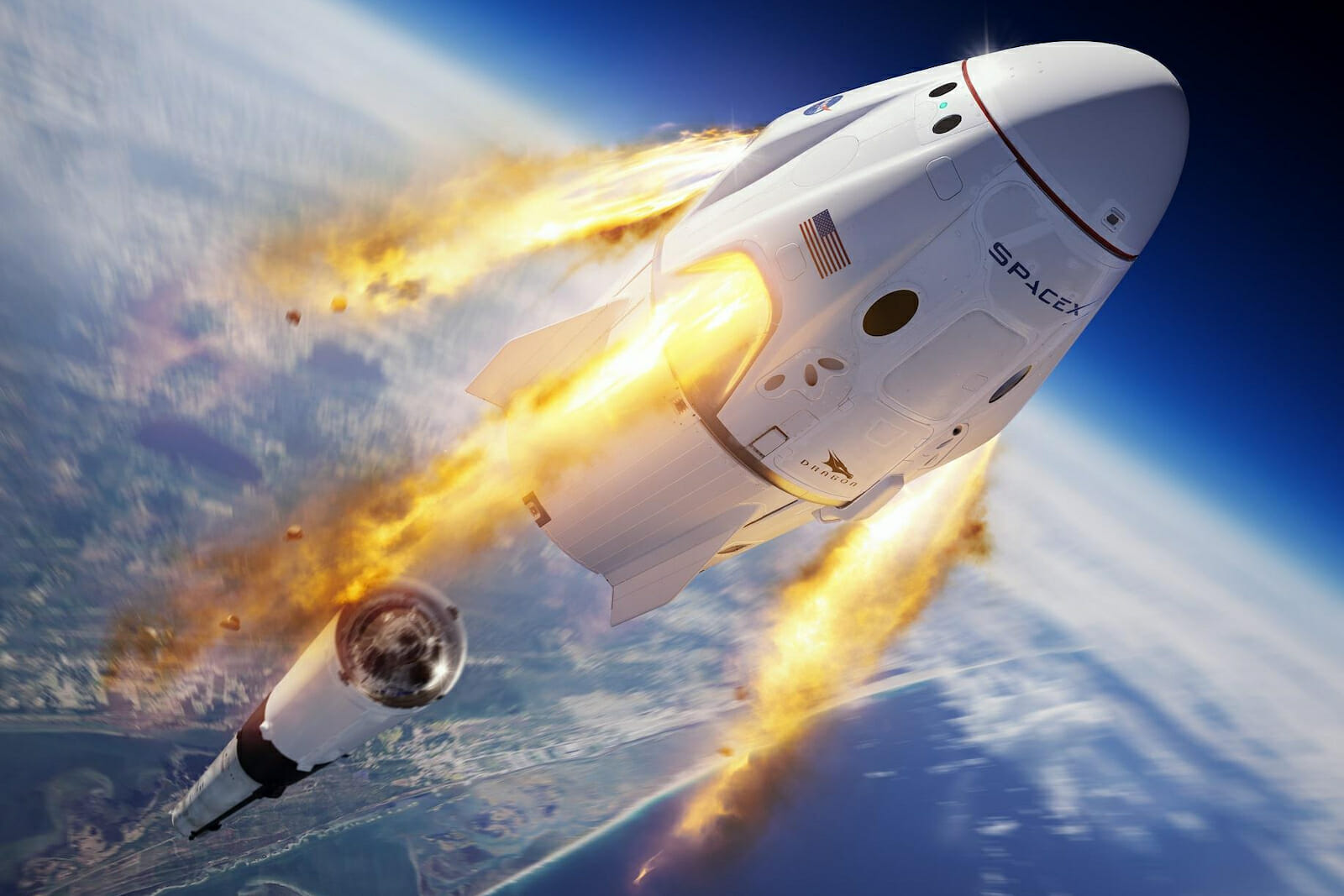
Tech
Cosmic Gangster Capitalism: Elon Musk Crowds the Heavens
“I don’t trust glib reassurances from satellite operators without precise details.” – Alice Gorman, space archaeologist, May 26, 2019
Astronomers tend to have their eyes, and minds, not merely in the clouds but beyond them. The dream of unimpaired vision tends to come with the territory; the better the uninterrupted line, the better the data. But the increasing incidence of clutter above the Earth’s surface is becoming more than a point of minor interest. It preoccupies those keen on clarity and pollution, both in terms of actual space debris, and the issue of light disruption.
A good portion of this lies in the curious and ineluctable tendency to use space as a frontier to determine what takes place on planet Earth, effectively integrating terrestrial life with economic and technological activities in the heavens. This has come with troubling implications. Future conflicts on Earth risk being triggered by an orbital incident – an attack, for instance, on critical space infrastructure leading to very earthly disruptions. Another is the advent of the cosmic gangster capitalist.
SpaceX’s Starlink satellite constellation (or what it prefers to call a megaconstellation), as these things tend to be, is marketed as an act of global human improvement. It will ameliorate the condition of isolation (surely we need more, not less of it?) but it also constitutes a market worth $1 trillion, the beaming of Internet connectivity from space. As hyperconnected as modern humanity is, there is always room to do more, reaching communities who are not as meshed in the grid of communications as they might be. The gilded communications cage exerts a magical force.
This vision of spectacular space clutter was given birth in January 2015, with SpaceX CEO Elon Musk filing the necessary paperwork with the Federal Communications Commission for initially placing 4,000 satellites in low Earth orbit. This was itself a jaw-dropping figure. Only 9,000 satellites or thereabouts have been launched in history, with current numbers in operation coming to over 2,000.
On revealing the existence of his vision in Seattle, Musk’s plan was stated thus: “We’re really talking about something which is, in the long term, like rebuilding the Internet in space.” The extraterrestrial, being used to alter the terrestrial in a scheme that will see up to 30,000 satellites ringing the earth.
By the end of 2019, SpaceX had launched 60 satellites into low earth orbit. Such a small number, you might say. Not for astronomer Clara Martínez-Vásquez, who was none too pleased. Footage of the skies taken from the Cerro Tololo Inter-American Observatory in Chile had been spoiled, the horizon besmirched by sharp streaks of illumination. “I am in shock!” The number of Starlink satellites crowding the skies – some 19 of them at that given moment – had affected the DECam exposure. “The train of Starlink satellites lasted for over 5 minutes!” As her colleague and Northwestern University astronomer Cliff Johnson described it, “All of a sudden we just start seeing these streaks come across the webcam view. I’ve never seen anything like that.” The result? A loss of between 15 to 20 percent of the image.
Melancholy has gripped the stargazing community. James Lowenthal of Smith College was almost lachrymose. “I felt as if life as an astronomer and a lover of the night sky would never be the same.” But Musk is relentless and defiant, casting pitiful crumbs of consolation. SpaceX already has 300 satellites in operational orbit, and at this year’s Satellite 2020 Conference, he proved adolescently arrogant. “I’d be impressed if somebody can actually tell me where all of them [the satellites] are. I mean, it can’t be that big of a deal.” Certainly not to Musk. “I am confident that we will not cause any impact whatsoever to astronomical discoveries.” His bold assessment: “Zero, that’s my prediction. We will take corrective action if it’s above zero.”
Forgetting himself momentarily, Musk then launched into a qualification. His audience had registered a titter of nervous laughter. He conceded that he had been “actually working with senior members of the science community and astronomers to minimise the potential for reflection of the satellites.” One of the bodies involved is the National Radio Astronomy Observatory. Such collaboration served to prevent the impairment of observations. A fine qualification to add, though it means little with the ones launched so far, being furiously bright and bold things, or the crop of future objects. As the University of Michigan’s Patrick Seitzer explains, “Satellites launched by SpaceX and others will be brighter than 99 percent of the population of objects of all types currently in Earth orbit.” The design of the Starlink system, in other words, is the problem.
SpaceX denies the veracity of any such assessments, and knows a good spin when it sees one. “Starlink,” it noted brashly in a statement, “is on the leading edge of on-orbit debris mitigation, meeting or exceeding all regulatory and industry standards.” It also promised to paint future satellites facing the Earth black. A fairly weak gesture, given the increasingly costly curse of light pollution on Earth itself, the sort that has deracinated humans from the night sky where, lamented National Geographic, “ancestors wove their star-studded stories, timed the planting and harvesting of crops, and deduced the physical laws governing the cosmos.”
The unfortunate thing in this sky crowding is that Musk is part of a scrambling trend. The modern space robber barons want the old workhorses out of the show. “Why,” the impertinent entrepreneur asked last month, “does Soyuz still fly?” He has proven more than adept in the business of orbital crowding, though Sir Richard Branson has also added his name to the extra-terrestrial network craze.
Unfortunately for the space gazing Sir Richard, things went pear-shaped with OneWeb, which Virgin Orbit had been a shareholding partner. Under a contract made in 2015, OneWeb had agreed to pay Virgin Orbit $234 million to place 39 batches of satellites, with each launch consisting of one or two satellites. But showing that capitalism, especially of the astral sort, need not be vicious, Branson and OneWeb seemed to maintain some outward sign of cordiality. Then OneWeb, having originally planned to propel a total of 650 objects into orbit, declared bankruptcy on March 27.
The only hope for the astronomers, leaving aside the feeble technical promises by Musk and company, is for some form of regulatory regime to be created, and the occasional failed venture. More, not less debris, seems to be the future. So far, space remains a wild frontier for the picking and packing. The cosmic gangster capitalists are only getting bolder.

